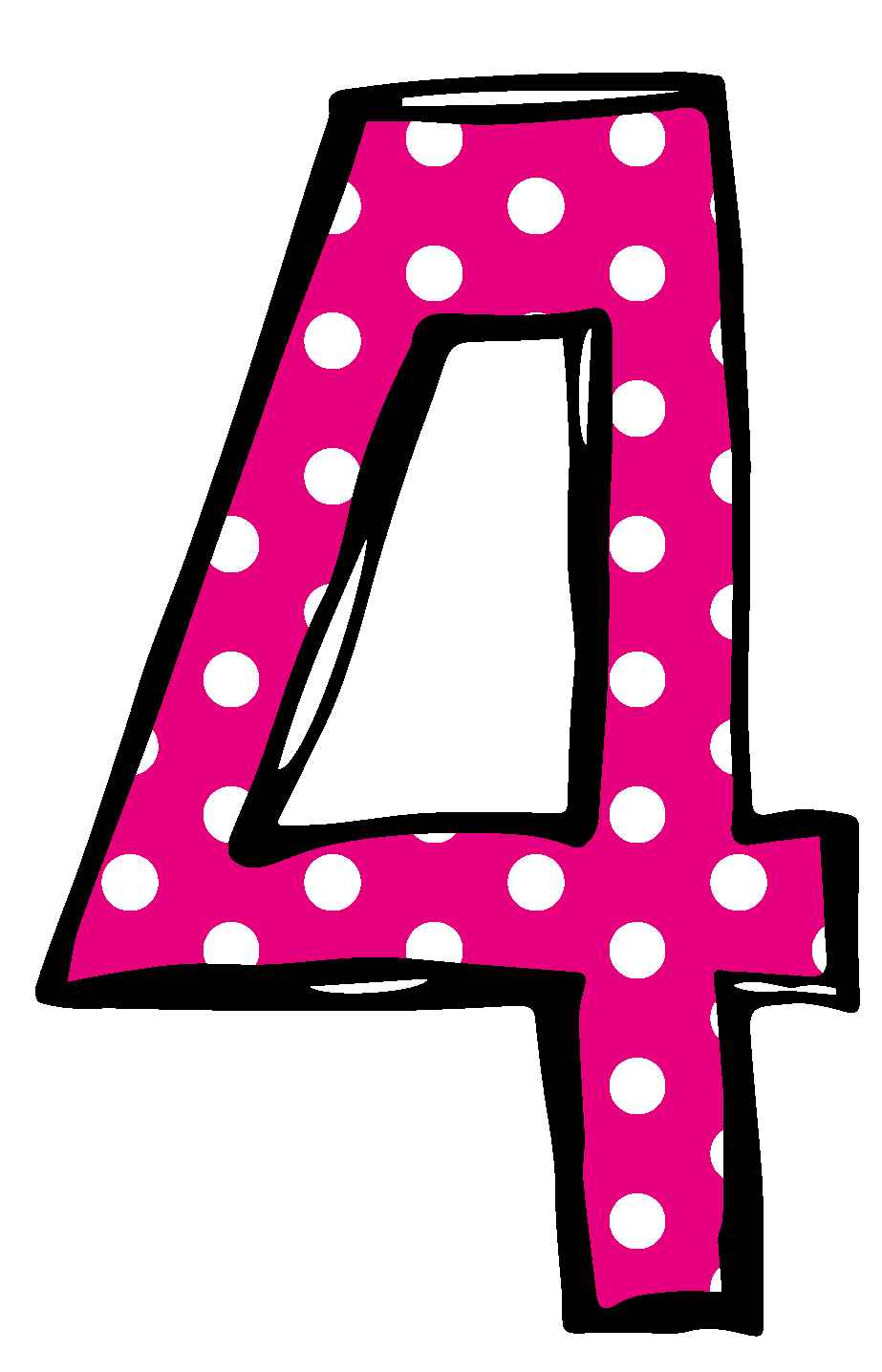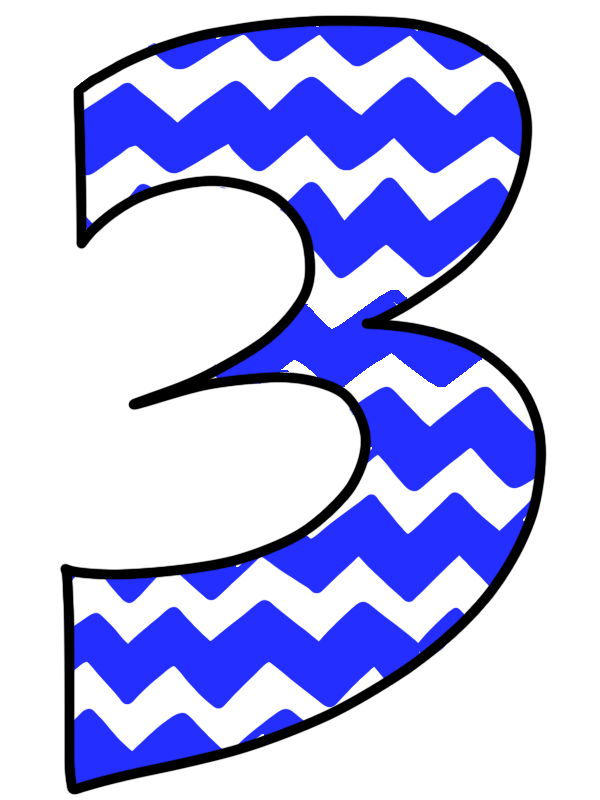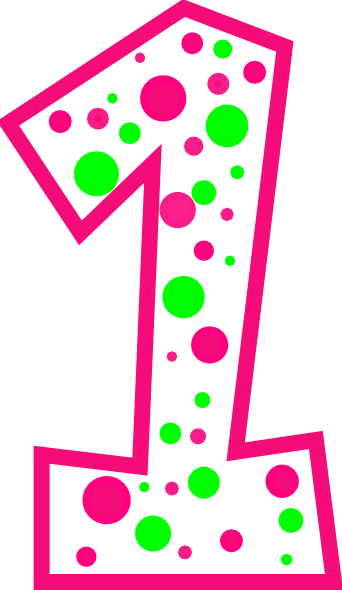Content: Math
Standard: 2. MD. Measure length to the nearest whole unit in inches.
Pre-assessment:

Summary of pre-assessment: With the data collected from the Unit 4 pre-assessment, more than half of the class scored below a 50%. Majority of students were confused with how to measure a line segment using estimation. Other students struggled with using a ruler to measure a line segment. Another part of the pre-assessment students scored low on is comparing how tall one object is compared to another. Misconceptions that students have is how long an inch is on a ruler, comparing/contrasting line segments using a ruler students are confused with how to properly use a ruler, and how to mentally visualize big objects. More misconceptions that students may have during lesson 1 are students were measuring objects smaller than the teacher foot, making estimations that were enormous, and measuring the objects around the room incorrectly. Less than 50% of students filled out the record sheet correctly and students need more guidance when measuring objects. This pre-assessment will transition into the first lesson which introduces estimation and measurement.
Student 1: This student struggles with how long an inch is on a ruler, comparing/contrasting line segments using a ruler, how to properly use a ruler, and how to mentally visualize big objects. This student will need help with one on one assistance when measuring objects around the classroom.
Student 2: This student excels in math and does not have trouble measuring objects using a ruler. This student will continue to estimate and measure the length of objects around the classroom. During some of the handout activities, this student will be paired with a lower student to help that student understand how to estimate and measure objects.
3 Formative Scoring Guides
1.Teacher Rubric:
Worksheet:
Rubric is out of /8pts
| Looking for: | Questions 1-4 | Points possible |
| Did the student.. | 1. Correctly named the things measured, estimated, actual answer | /4 |
| Did the student.. | 2. Provided a correct answer with the longest object | /1 |
| Did the student.. | 3. Provided a correct answer with the shortest object | /1 |
| Did the student.. |
4. Gave an estimation and evidence why they gave that estimate |
/2 |
Differentiated Scoring Guide (Teacher Rubric):
|
Looking for: |
/3 |
/6 |
| 1. Found 3 objects to measure |
|
|
| 2. Gave estimations and actual answer for each object |
|
Rubric is out of /9pts.
Rationale: Students that are in the "Red" group will be graded using the differentiated scoring guide. This is an appropriate scoring guide for this because the teacher will be looking for if each student could pick out 3 different objects around the classroom. After choosing 3 objects, the student needed to give 3 estimations and actual answers that went along with each object.
Student 1:
Rationale: Student 1 will be usethe differentiated scoring guide because this student struggles with math. The teacher will be looking for if the student could choose 3 different objects around the classroom. After finding the 3 objects, the student needed to give 3 estimations and actual answers that went along with each object. Using this type of scoring guide was most appropriate for student 1.
Looking for: /3pts /6pts
| 1. Found 3 objects to measure |
|
|
| 2. Gave estimations and actual answer for each object |
|
This rubric is out of /9pts
Student 2:
Rationale: Student 2 got additional items on the rubric. The teacher would like to challenge this student with extending the student's thinking. Requiring more on this rubric for this student challenges the student to come up with more equations for each problem and give more details in their answers.
Scoring Guide (Teacher Rubric)
This rubric is out of /9pts
| Looking for: | Questions 1-4 | Points possible |
| Did the student.. | 1. Correctly named the things measured, estimated, actual answer. | /4 |
| Did the student.. | 2. Provided a correct answer with the longest object. Think about another object that would be the around the same size as this object and how many giant feet do you think it would take to measure it? | /2 |
| Did the student.. | 3. Provided a correct answer with the shortest object. | /1 |
| Did the student.. |
4. Gave an estimation and evidence why they gave that specific estimate How many giant feet do you think it would take to measure a school bus? Write down how many giant feet you think it would take and why? |
/2 |
2. Worksheet:
Scoring Guide (Rating Scale):
How well do I understand?
 I can do this and explain it to someone else.
I can do this and explain it to someone else.
 I understand and can do this by myself.
I understand and can do this by myself.
 I need more practice.
I need more practice.
 I do not understand this yet.
I do not understand this yet.
Explanation: Students will use this rating scale after they finished this math lesson. Each student will fill out a handout and circle which number they feel they are at.
Differentiated Scoring Guide: Every student will be using this rating scale after the math lesson. This type of rating scale is appropriate for all students.
3. Scoring Guide (Child-Friendly Rubric):
Technology: Kahoot
Technology formative assessment: Teacher observation
Objective: The student will use an iPad to answer questions about estimation and measurement.
This is a child-friendly rubric that students will grade themselves on. After playing the Kahoot game, students will get this rubric and reflect on how they used the iPads.
Circle one face for each question asked below.
|
How the student felt using the iPad: |
|
|
|
Did the student share the iPad with students in group |
|
|
Differentiated Scoring Guide: The checklist above was the same checklist used with the "Red" group. Students were observed by the teacher to see if they could use the iPad properly and did the student share the iPad with students in the group. This is a child-friendly rubric that students will all use to grade themselves after playing the Kahoot game.
Collecting Data using Kahoot: When each student uses Kahoot, their name will be on the screen. After each Kahoot question is over, the teacher can write down who got the question correct and who did not. When the lesson is finished, this is a great way to collect data on areas that need improvement and areas students are doing well in. This online resource is a quick and easy way to where each student's learning levels are with math and continue to focus on the areas that need more practice.
1 Summative Assessment
Post-Assessment:
4. Checklist:
|
Looking for: |
Yes |
No |
|
1. Measuring line segments |
|
|
|
2. Understands what type of measuring tools would be the most appropriate |
|
|
|
3.Understands which person was using the bigger measuring units |
|
|
|
4. Used a subtraction problem to find the answer |
|
|
|
5. Compares trees and uses an equation |
|
|
Differentiated Scoring Guide (checklist):
|
Looking for: |
Yes |
No |
|
1. Used equations to solve math problems |
|
|
|
2. Student showed their work |
|
|
|
3. Used a ruler properly |
|
|
Rationale: This checklist is used for the "Red" group. The teacher will look for if the student could use equations to solve math problems, showed their work, and used a ruler properly to measure objects. This scoring guide is appropriate for this group because their goals during math are to explain how they are finding their answers with evidence.
Student 1:
Scoring Guide (checklist):
|
Looking for: |
Yes |
No |
|
1. Used equations to solve math problems |
|
|
|
2. Used a ruler properly |
|
|
Rationale: This checklist was used for student 1 because the teacher will be looking for if the student could properly use equations to solve math problems and use a ruler properly. During the summative assessment, student 1 will have to properly use a ruler to measure lengths and create equations to solve math problems.
Student 2:
Scoring Guide (checklist):
|
Looking for: |
Yes |
No |
|
1. Measuring line segments |
|
|
|
2. Understands what type of measuring tools would be the most appropriate |
|
|
|
3.Understands which person was using the bigger measuring units |
|
|
|
4. Used a subtraction problem to find the answer |
|
|
|
5. Compares trees with at least 2 details and uses more than 1 equation |
|
|
Rationale: This checklist was created for student 2 because the teacher is looking for more detailed answeres with the student's summative assessment. The teacher created this checklis to see if student 2 would provide more information in their answers.